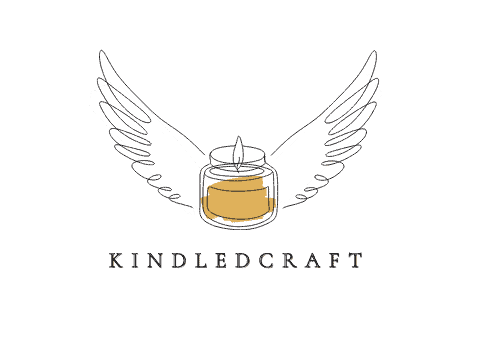Candle making is a fun, easy way to relax and a great way to get into a new hobby that will inspire you all year round. But before you start making candles, there are some things you should avoid. In this article, we’re going to take a look at ten candle trends that you should avoid.
What are the ten candle trends that you should avoid?
1. Crayons
There is a trend online to use crayons to dye candle waxes. Crayons can add bright and vibrant colours to your candles, but they can cause your wick to clog and cause your wax to burn unevenly.
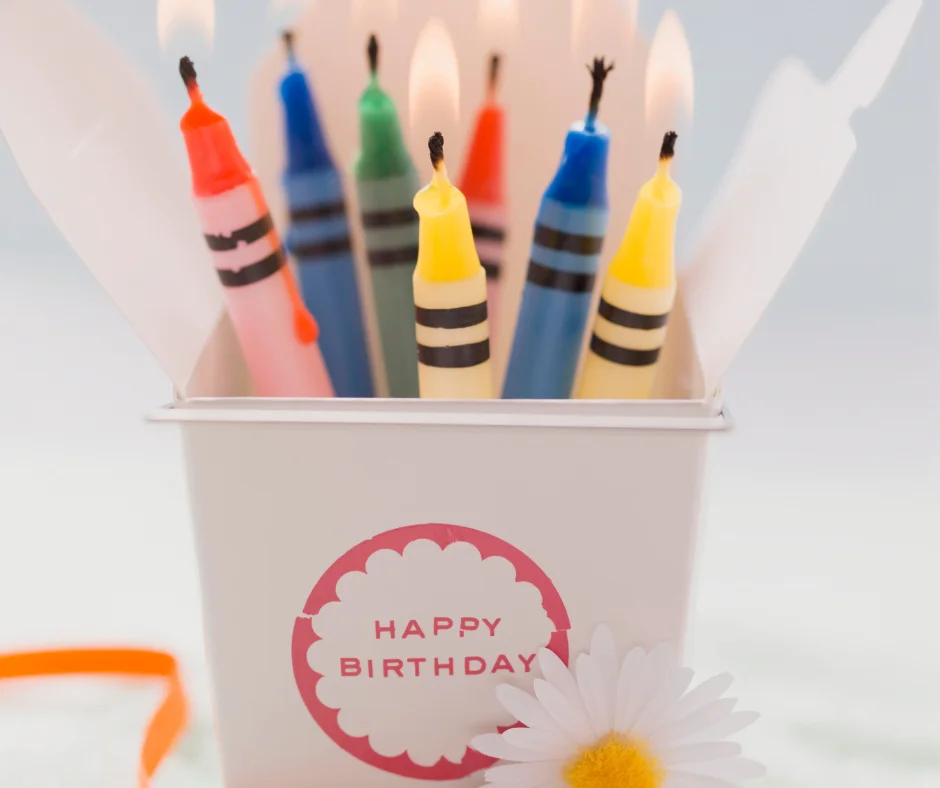
What is the composition of crayons?
Crayons are made of paraffin wax, a petroleum by-product, and pigments. They also contain stearic acid, a waxy substance that helps bind the pigments and paraffin together. Some crayons can also contain Polypropylene and Polyethylene material, both plastics.
How can crayons affect your candles?
When you burn a candle made with crayons, the chemicals in the crayon can be released into the air. These chemicals can be harmful to your health if you breathe them in. In addition, the wax from the crayon can clog your wick, which can cause your candle to burn unevenly. You are best placed to use coloring wax or liquid dye specifically designed for candle making.
Are crayons toxic when melted?
Overheating crayons can release irritating fumes, so they are not designed to be set on fire or used within a product that will require them to be melted – such as a candle. With some crayons containing additives and plastics, it is not recommended to use them for candles as they have not been designed for this purpose. Fumes may be released containing these substances into your home.
Can you make candles with Crayola crayons?
Crayola state that overheating their product can release irritating fumes, so you should avoid using Crayola crayons to add colour to your candles. This applies to all crayons and not just Crayola crayons.
Can you use crayons for wax melts?
Technically you can, but like candles, you should not use crayons to colour these products. However, we recommend against this for the same reasons as using them in candles – they can release harmful chemicals into the air when melted and cause your final product’s wick to clog and burn unevenly.
How long will crayons burn?
If you choose to use crayons during the candle-making process, which is not advised, you will find that your crayon will burn for over thirty minutes. If melted down and added to a candle, this will depend on the container size and the wax used. However, when using crayon wax, you may find that your flame will continue to extinguish and not have a clean, even burn.
Is it safe to use crayons in candles?
Using crayons in candles is not recommended. You should use candle-making liquid dyes and blocks to colour your candles.
2. Glitter
Another popular trend is to add glitter to candles. Glitter can make your candles look beautiful, but it can also clog your wick and cause your candle to burn unevenly. If you must use glitter, make sure to use high-quality, fine-grade glitter and ensure that the glitter is not flammable – most glitters are flammable and should not be used for candles.
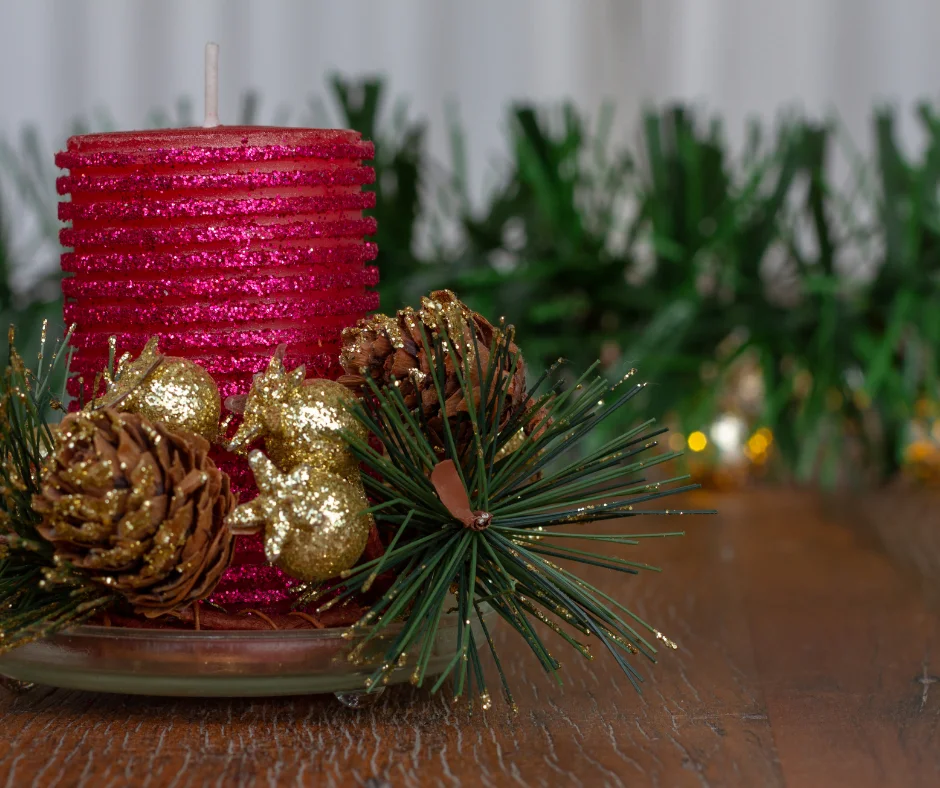
Is glitter safe for candles?
While glitter may make your candles look beautiful, it can cause several problems. Glitter is often made from plastics and aluminum; when added to a flame, these can release harmful chemicals into the air. In addition, glitter can clog your wick and cause your candle to burn unevenly. As a result, we recommend avoiding glitter in your candles.
What kind of glitter can you use on candles?
Mica powder is a safe alternative to glitter used in candles. Mica is a mineral often used in makeup and candles to reflect light and create a shimmering effect. You can find mica powder online or in craft stores.
You need to ensure that you do not add too much mica powder, which can lead to a clogged wick. This is why it is essential to test a batch of your candles before selling your product and using them around your home. Mica will present no problems when used in wax melts and wickless candles.
Is glitter flammable?
Glitter is flammable and should not be used in candles. If you must use glitter, make sure to use high-quality, fine-grade glitter and ensure that the glitter is not flammable – most glitters are flammable and should not be used for candles. We recommend using Mica powder instead of glitter in your candles if you want to add a sparkle to your finished candle.
3. Wood Containers
Wood containers are not recommended for candles as they can catch fire. If you want to understand what containers are safe for your candles, we recommend checking out our article that reviews all potential candle holders and even how to make your containers.

4. Coconut Shell Containers
Untreated coconut shells should not be used for candles. If you want to use coconut shells for your candles, make sure to treat the shells first. Coconut shells are naturally flammable and porous, meaning using untreated coconuts will present a fire hazard within your home.
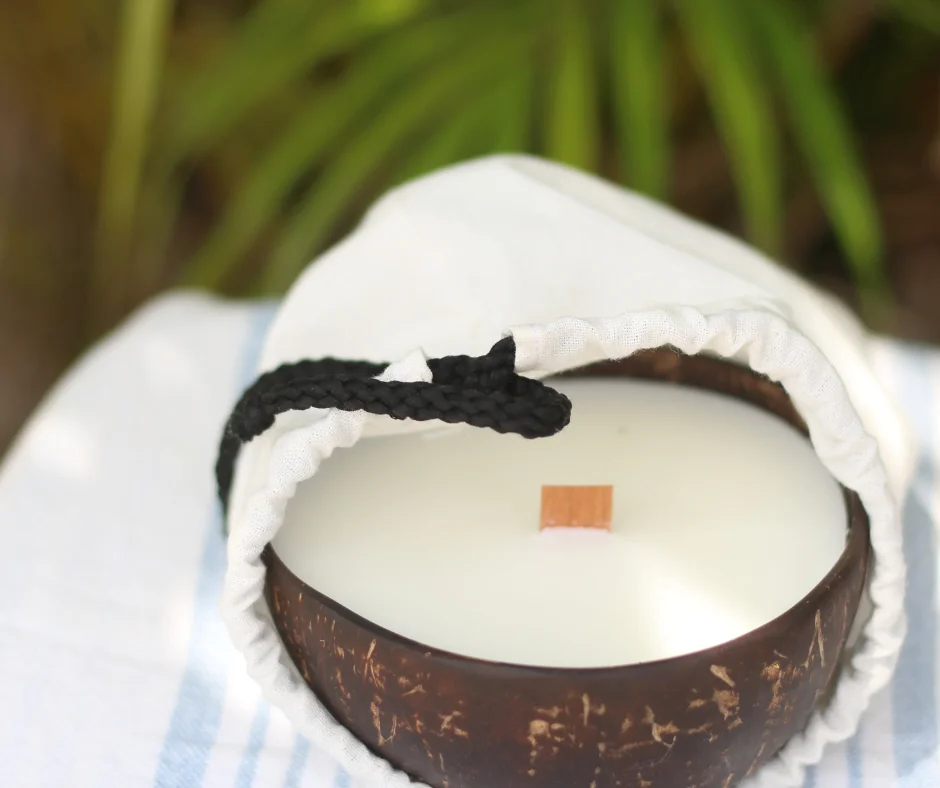
Are coconut shells flammable?
Coconut shells are naturally flammable and should be treated before using them as candle holders.
What is the best way to treat coconut shells for candles?
You must sand your coconut down on the external and internal surfaces. From here, you will need to treat the surface with flame retardant additives or a fiber treatment to seal the surface of the coconut shell.
You can learn more about how to create a coconut candle container with our article that we have written about what you need to do to make your coconut shell container.
Is it safe to make candles in coconut shells?
You can use coconut shells for candles, but you must treat the coconut shells first. Coconut shells are naturally flammable and porous, meaning using untreated coconuts will present a fire hazard within your home.
5. Flowers
While flowers may look beautiful in candles, they can cause your candles to burn unevenly and present a fire hazard if you do not know how to add embellishments to them correctly. If you want to use flowers in candles, we recommend using dried flowers that are placed away from the candle’s wick reducing the risks associated with the dried flowers catching fire.

Can you put fresh flowers in candles?
Only dried flowers should be used in candle making. If you use fresh flowers, they will eventually wilt and rot in the wax. This can cause your candles to burn unevenly and present a fire hazard if the fresh flowers are placed too close to the candle’s wick.
Is it safe to put flowers and petals in candles?
If you use dried flowers and petals in candles, they will eventually burn up when the candle is lit. This presents no fire hazard as long as the dried flowers are placed away from the candle’s wick.
You can read more about how to add dried flora to your candles with our ultimate guide that we recommend your check out.
6. Wine Glasses
Wine glasses are not recommended for candles as they can shatter when exposed to heat. If you want to use glass for your candles, we recommend using high-quality, heat-resistant glass designed for candle making.
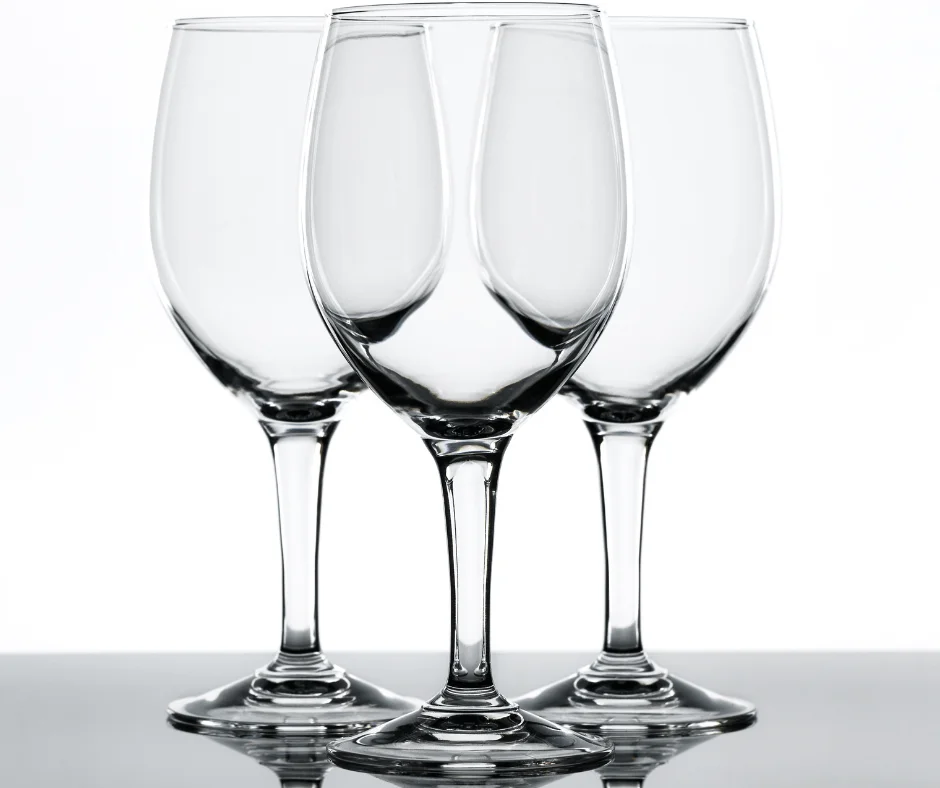
Can I put candles in a wine glass?
Wine glasses are created from thin glass susceptible to shattering when heated. We do not recommend using wine glasses for candles as they can present a safety hazard.
What happens to a wine glass when heated?
Within the structure of a wine glass, there are tiny air pockets. These air pockets are encapsulated in glass and will heat more quickly than the surrounding glass. The heated air pockets will expand as the heat rises within the glass, leading to pressure buildup. This pressure will continue to build until the glass shatters.
7. Food Colouring
Liquid food colouring is not appropriate for candles as they are water-based products. This means that mixing the liquid food colouring with your candle wax will separate, and you will not gain your desired colour.
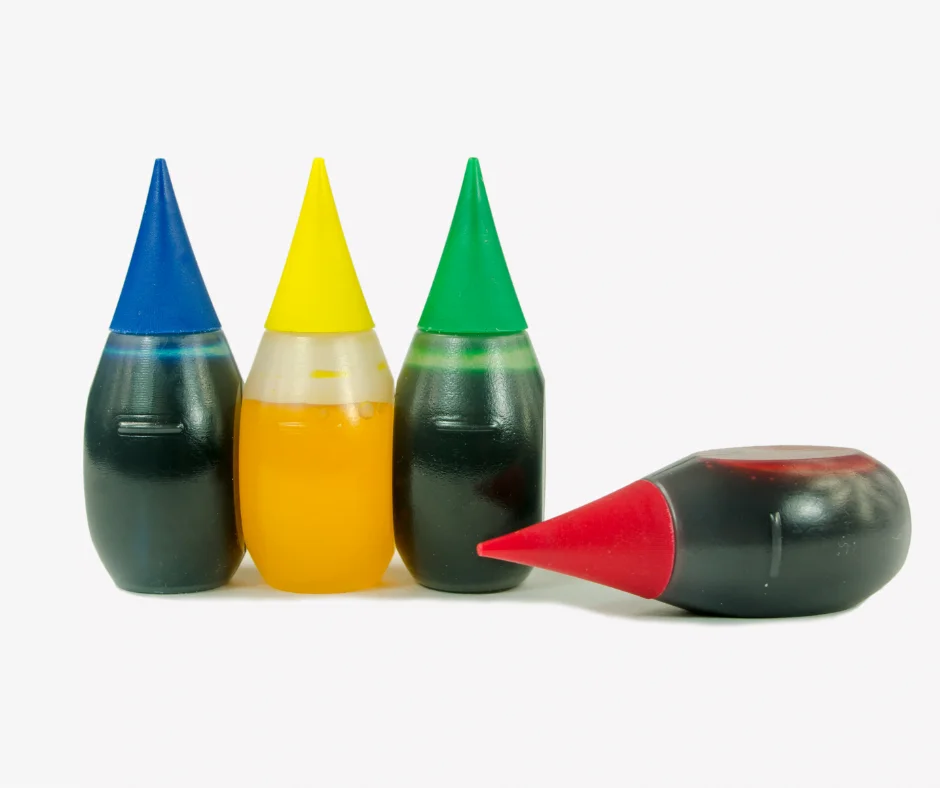
What food colouring can you use for candles?
If you want to use food colouring to dye your candles, then you need to choose gel, paste or powder food dyes. These are not water-based and will mix with your melted candle wax of choice.
What is the best method to colour candles?
We always recommend using candle wax colouring products, either dye blocks or dye drops, as these are designed to ensure no wick clogging. These dyes are relatively inexpensive and can be picked up for a couple of pounds per block and used for several candles.
Why should you avoid these trends?
- Using crayons can clog your wick, cause the wax to burn unevenly, and cause irritation when overheated.
- Glitter can present a fire hazard and clog your wick; we recommend using mica powder.
- Wood containers can catch fire if they are not treated correctly, and the wrong type of wood is used. Avoid wood containers and use suitable container choices that are non-porous and non-flammable.
- Coconut shell containers can be flammable and cause fires if they are not treated correctly. It would help if you treated the shell correctly before using them for candles.
- Fresh flowers can wilt and rot in the wax, causing your candles to burn unevenly and present a fire hazard. Use dried flowers and ensure you have the correct placement knowledge away from the wick.
- Wine glasses are not heat resistant and can shatter when exposed to heat, presenting a safety hazard.
- Liquid food colouring will not mix with your melted wax as it is a water-based product. Go for powder, gel, or paste food dyes. We recommend dye blocks and liquid that is designed for candle making.
Avoiding these trends can help ensure a safe and fun candle-making experience.
How can you stay up-to-date with the latest candle trends?
The best way to stay up-to-date with the latest candle trends is to follow some leading candle-making blogs and websites. You can also join some online forums and chat groups dedicated to candle making. And finally, don’t forget to attend some major trade shows and conventions for candle makers.
Forums & Chat Rooms
Some of the best forums can be found on Reddit, Facebook, and Instagram. If you want to chat with other candle makers, you can join one of the many online chat groups.
Websites & Blogs
Some leading websites and blogs for candle making include Wicks ‘N’ Sticks, Candle Making Fun, and The Candle Maker’s Club.
Attending Trade Shows & Conventions
If you want to stay up-to-date with the latest trends in candle making, you should consider attending some of the major trade shows and conventions. Some popular shows include The National Candle Association Conference, The International Candle Trade Show, and The European Candle Congress.
How do you know when a trend has gone too far?
A trend has gone too far when it starts to compromise the quality of your candles. For example, if you’re using a material that can clog your wick or cause your candle to burn unevenly, it’s time to stop using it. Also, it’s probably time to stop if you’re using a trend to be trendy. The key is to balance following the latest trends and ensuring that your candles are of the highest quality.
Beginners Tips to Starting Candle Making
When starting candle making, you should keep a few things in mind. First, choose the suitable wax for your candles. Soy wax is popular for beginners as it is easy to work with and doesn’t require any special equipment. Beeswax is another good option, but it can be more expensive. Second, choose the right wicks for your candles. Cotton wicks are an excellent choice as they are easy to light and won’t smoke. Third, use high-quality fragrance oils for your candles. These will give your candles a strong scent that will last. Finally, don’t forget to test your candles before you sell them. Make sure they burn evenly and don’t smoke.
By following these tips, you can ensure that your candles are of the highest quality and will sell well.
Final Thoughts
When it comes to candle making, there are a few trends that you should avoid. Using crayons, glitter, wood containers, and coconut shell containers can all cause your candles to burn unevenly or even be dangerous for the end user. Flowers can also clog your wick and cause your candle to burn unevenly. Remember, just because a trend is circulating online does not mean it will produce a safe and well-produced product for your customer or self-use. Happy candle making!
